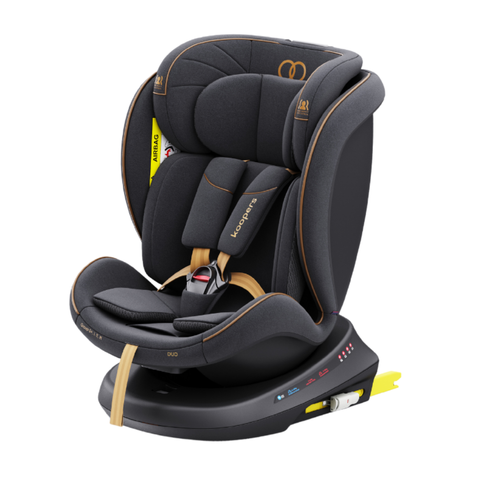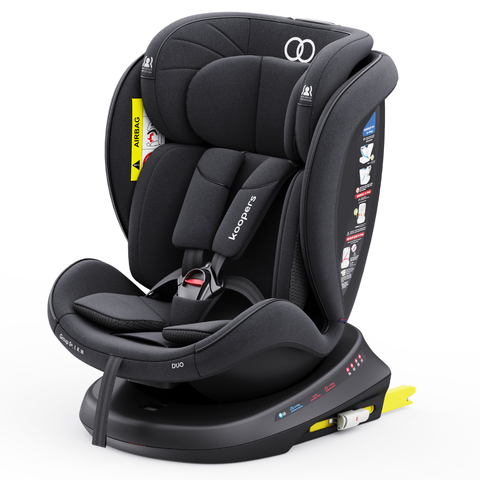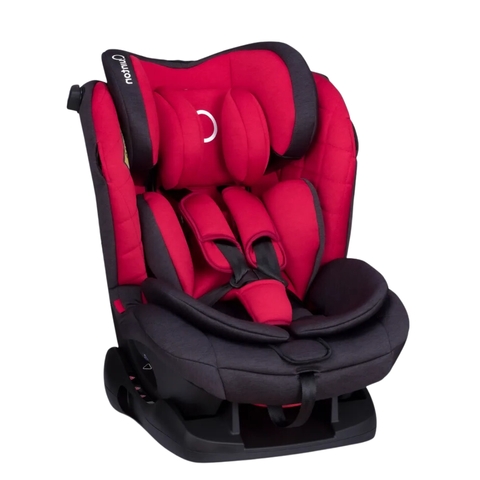
In the world of child car seat safety, the debate between ISOFIX and seatbelt installation is as old as the road itself. It's a decision that can feel as daunting as navigating rush hour traffic with a toddler in tow. But fear not, fellow parent adventurers, because we're here to shed light on this age-old dilemma. Imagine this blog post as your trusty GPS, guiding you through the twists and turns of ISOFIX and seatbelt installation, helping you navigate towards the safest route for your precious cargo. So, buckle up and prepare for a journey where safety takes the driver's seat – it's time for the ISOFIX vs. seatbelt showdown!
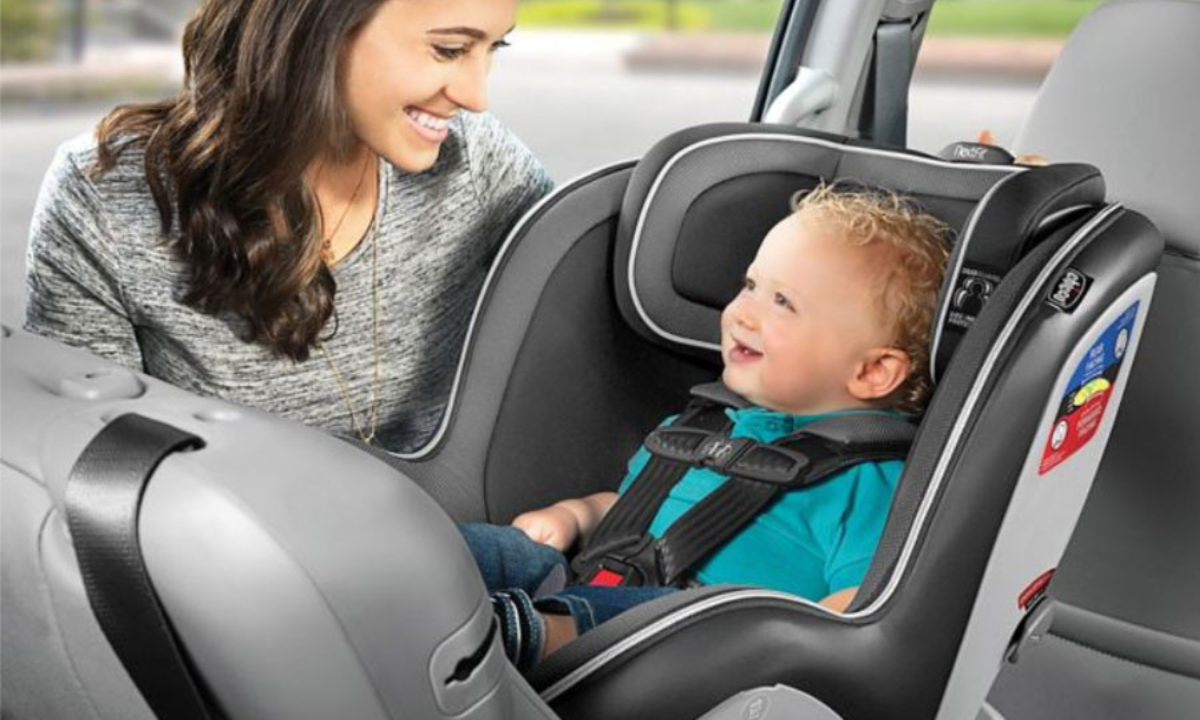
ISOFIX, also known as LATCH (Lower Anchors and Tethers for Children), is an international standard for installing car seats using dedicated anchor points and connectors built into the vehicle's structure. On the other hand, seatbelt installation involves securing the car seat using the vehicle's seatbelt restraint system.
ISOFIX Installation: ISOFIX is like the Lego of car seat installation. It involves attaching the car seat directly to anchor points in your vehicle. Here's why it's favored:
- Streamlined Installation: Say goodbye to the hassle of wrestling with seatbelts – ISOFIX transforms setup into a breeze. With its user-friendly design, all it takes is a simple click, and you're ready to roll.
- Rock-Solid Stability: When it comes to safety, stability is paramount. ISOFIX ensures that your car seat becomes seamlessly integrated with your vehicle, forming a bond that minimizes movement and maximizes protection in the event of a crash.
- Minimized Mistakes: With ISOFIX, there's less room for error. Its intuitive system simplifies the installation process, reducing the likelihood of mistakes and ensuring a snug, secure fit every time you hit the road. Say hello to peace of mind and goodbye to installation woes with ISOFIX.
- Top tether: Designated anchor point in the vehicle, typically located behind the rear seat or on the parcel shelf. When properly secured, it prevents the car seat from rotating forward in the event of a sudden stop or collision, reducing the risk of head and neck injury to the child.
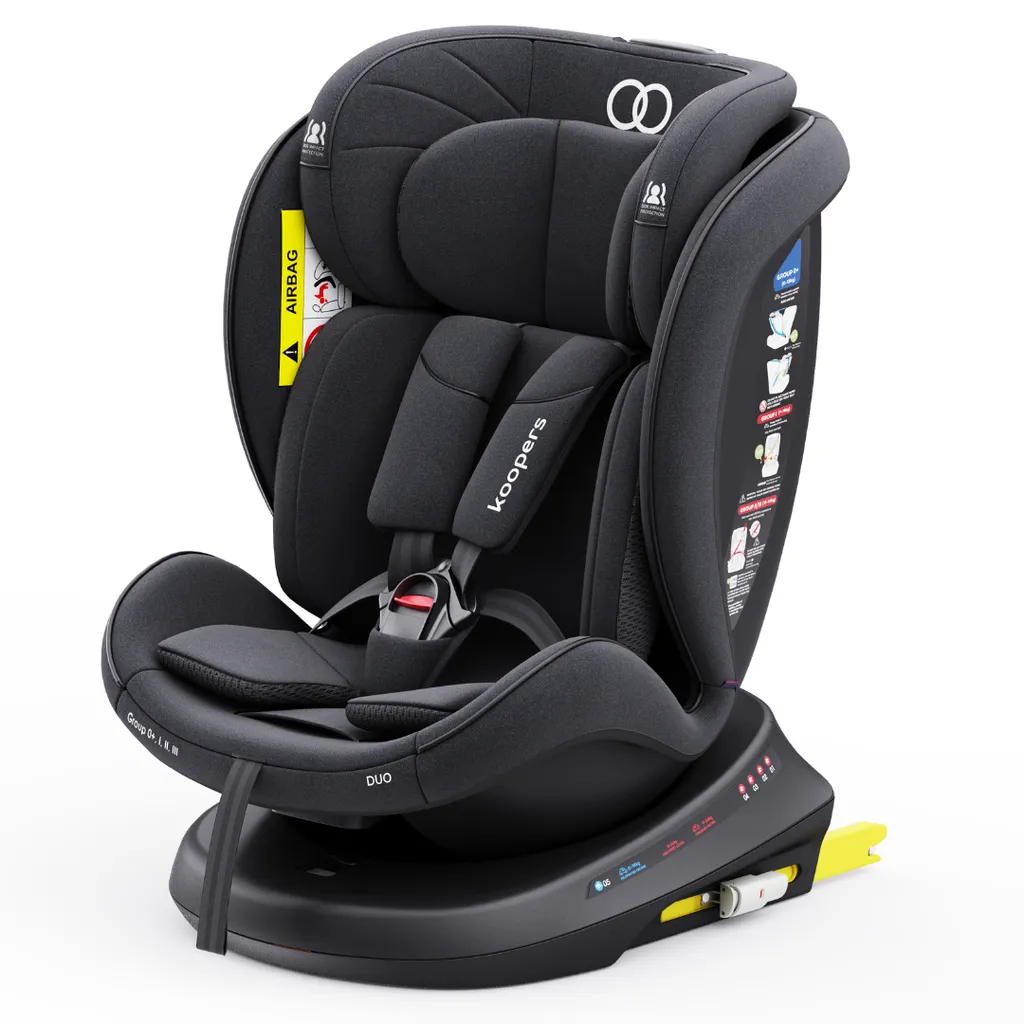
Product Link: Koopers Duo Baby Car Seat
Seatbelt Installation: Using the seatbelt is the classic method. It involves securing the car seat with the vehicle's seatbelt. Here's what to consider:
- Versatile Adaptability: Offers unparalleled flexibility, seamlessly fitting into any car, regardless of ISOFIX compatibility. This makes it the go-to choice for families with multiple vehicles or those without ISOFIX compatibility.
- Attention to Detail: Proper setup is paramount with seatbelt installation. Ensuring a snug and secure fit requires careful threading and tightening of the seatbelt. While it may demand a bit more effort than ISOFIX, mastering seatbelt installation guarantees peace of mind, knowing your little one is secured on every journey.
- Reliable Safety: When installed correctly, using the seatbelt to secure your car seat provides effective protection for your child. Following manufacturer guidelines and double-checking your installation ensures your child rides in the safest manner possible, regardless of your vehicle's make or model. After all, when it comes to your child's safety, there's no room for compromise.

Product Link: Quinton Silver Baby Car Seat
ISOFIX and seatbelt installation each have their strengths and considerations, but both methods can provide effective protection for your child in the event of a crash. By understanding the differences between the two and following best practices for installation and usage, you can ensure that your child travels safely on every journey. Remember, the most important factor is proper installation and usage – prioritize safety above all else.

